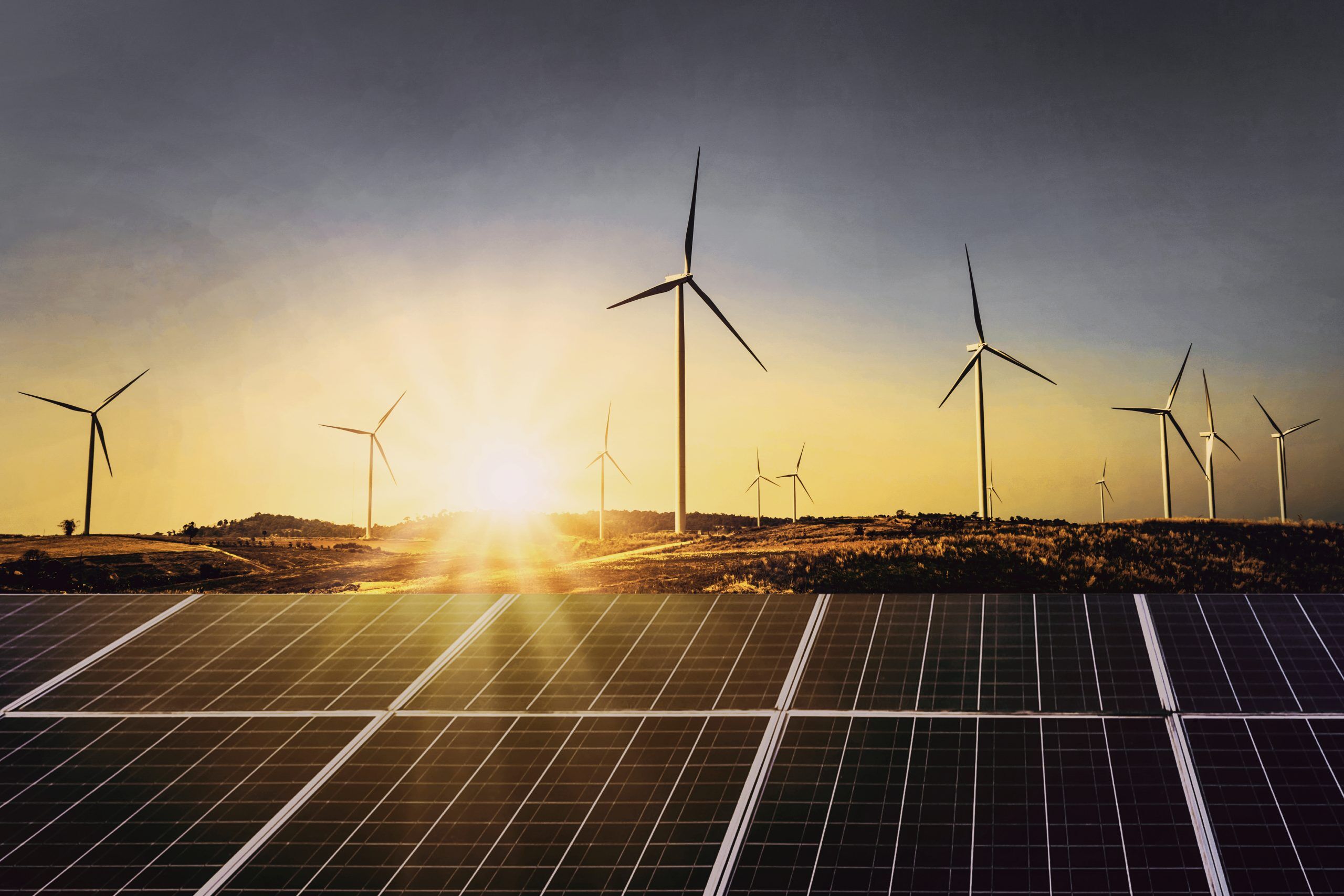By Rajalingam A C, Frost & Sullivan Industry Analyst, Energy & Environment
Today’s electric grid is changing––and fast! Industrialization drove the demand for power and the rise in
This resulted in a highly complex grid network that impacts consumers in diverse ways. For instance, California, which claims to replace fossil fuels with renewables, is on the verge of a power grid crisis due to the intermittent nature of DERs. The rise in DERs affected everything around the grid network by changing the power flow direction, communication flow direction, power system design, reliability, resiliency, business models, and stakeholder roles.
The best example for such a transition is California. The state is way ahead in meeting its Renewable Portfolio Standards (RPS) targets. According to Energy Commission estimates, over one-fourth of the Golden State’s electricity retail sales in 2016 were served by the DERs. Solar and wind power in California has started setting production records. Together they met over 67% of all demand on May 13, 2017, which is a record for a single-day DER production. With such increases in renewable energy production, California is beginning to witness similar challenges faced by Germany in terms of negative pricing and curtailment of renewable power. In California, on an average, negative prices were realized at least twice a day in the month of March 2017 due to peak power generation from wind and solar. This is mainly attributed to the state grid’s inflexibility to accommodate the growing DERs. With the state moving towards meeting its 50% renewable target, the situation is expected to become much worse. Due to intermittent nature of DERs, an imbalance in power supply and demand has been created in California, which led to importing power from western states. In 2016, the state imported about a quarter of its electricity from western regions––mainly from coal and nuclear plants accounting for 80% of the imports1.
This raises questions as to why this contradiction exists. The state is very much committed to meet its RPS targets and is investing in software solutions and grid infrastructure to accommodate the rapidly changing grid dynamics. But, one has to ask if it is the right approach; is the chronological order of moving away from fossil fuel to renewables and then addressing the challenge of intermittency through investment in DERMS and VPP right? I do not think so.
To address problems at every juncture, both the industry and governments have taken decisions, most of which I would say were responsive and not involving a 360-degree analysis on the impact of those decisions. For instance, if the regulators had thought of the implications of growing DER installations on the grid, they would have definitely placed a lid on the intermittent power generation sources in the total mix. With the lessons learned from California, the regulators should reverse the order by implementing DERMS and VPP type solutions first. If a state plans to move towards 100% renewable energy sources, then the first investment should be in DERMS or VPP type solutions. This can be followed by making the grid more flexible, after which the integration of renewables will be less complex and could potentially avoid curtailment and negative pricing in spite of scaling of DERs1.




